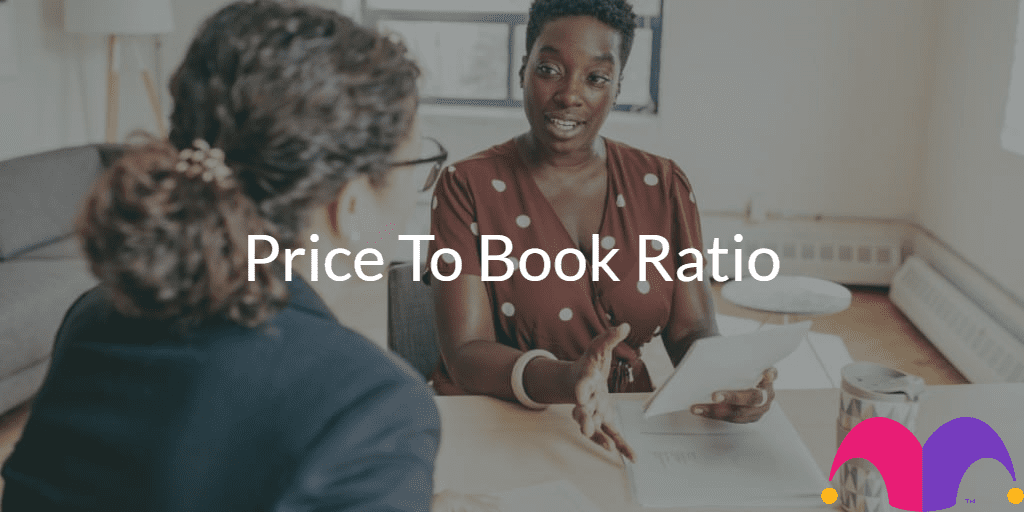Similar-looking companies can be afforded very different valuations, and there are clearly numerous other factors that influence an investor’s choice. Today, I want to have a look at a few ratios that relate the price of a share to the value of the assets a company is sitting on.
If you were faced with two companies that could potentially manage similar turnover and profits, would you prefer to invest in a company that needs to tie up a lot of capital in expensive plant and machinery (like, perhaps an airline or a supermarket chain), or one that requires much less capital investment (say a software developer)?
Return on Capital
Either might make for a good investment, and the measures we have considered so far will not suffice to make useful comparisons. What we need, in addition, is some way to tie a company’s profits to the amount of capital it requires to generate them.
And we do have such a measure, called the Return on Capital, or ROC. There are actually various versions of this ratio, but for the sake of simplicity we don’t need to worry about the subtle differences between them. What matters is that the figure gives us a comparison of a company’s net profits, expressed as a percentage of the book value of its invested capital.
A supermarket for example, might have a return on capital of around, say, 15%, as it requires a lot of capital (in the form of stores, warehouses, vehicles, etc) in order to sell its large range of retail goods. Alternatively, say, a computer software developer could have a return on capital of 50% or even more, partly because the development of computer software doesn’t require large factories and hundreds of stores.
Book value
But how can we relate things like the total assets a company is sitting on to its share price? We have a couple of ratios that are handy for that. Firstly, we have the Price to Book Value, or PBV, ratio. This is based on a company’s book value, which is determined from its balance sheet by taking its total assets and subtracting its total liabilities. That leaves us with what, in theory, the company’s assets might be worth if it ceased trading and sold everything off (but see below).
If we then divide this by the number of shares, we get the book value per share (i.e. the amount of the company’s stuff that a single share makes us the owner of). If we then divide the share price by this number (just as when calculating the P/E we divided the share price by the earnings per share), we get the PBV ratio.
But wait! Remember that bit about the closing-down sale scenario? Well, in reality, because of the things that a company can account for as assets and the way such things can be valued (for example, valuing intellectual property, such as ownership of software rights and patents, can be pretty much ‘finger in the air’ stuff), it’s actually very unlikely that a company’s full book value could be realised if it tried to sell it all at once.
Tangibles
To account for that, we also have what is known as the Price to Tangible Book Value, or PTBV, ratio, which is similar to the PBV but leaves out all those intangibles like intellectual property. Basically, it’s a measure of things you can kick, and pack in boxes to sell should such need arise.
The PTBV will, usually, be higher than the PBV, as total book value is usually higher than tangible book value — as most companies have some intangible assets on their books. The difference between the two values can say a lot about the nature of a company.
A more mature company might have a PTBV or around 1 or 2, due to the company’s need for lots of capital to run its business. A software developer, or other service-type business could have a PTBV or 10, 20 times or even higher, as most of its assets will be the humans that work for it rather than physical equipment.
Looking for more investment ideas?
Identifying the best investment opportunities requires long hours of in-depth research. But having a true ‘edge’ can make all the difference to your portfolio’s returns, especially during a bear market like this one.
That’s why, when it comes to helping to select their next investment, thousands of UK investors turn to Motley Fool Share Advisor. Led by a world-class team of expert investors, The Motley Fool UK’s flagship share-tipping newsletter alerts its members to 2 high-potential, high-conviction UK and US stock recommendations each and every month.
These are the sort of investment opportunities that could help contribute to life-changing scenarios. And right now, you can access ALL of them for just pennies a day.
So if you’re eager to start aiming for better investment returns, then don’t wait another minute… Start your Motley Fool Share Advisor membership — backed by our iron clad 30-Day Subscription Refund Guarantee — TODAY.
[Static_FreeReport]
